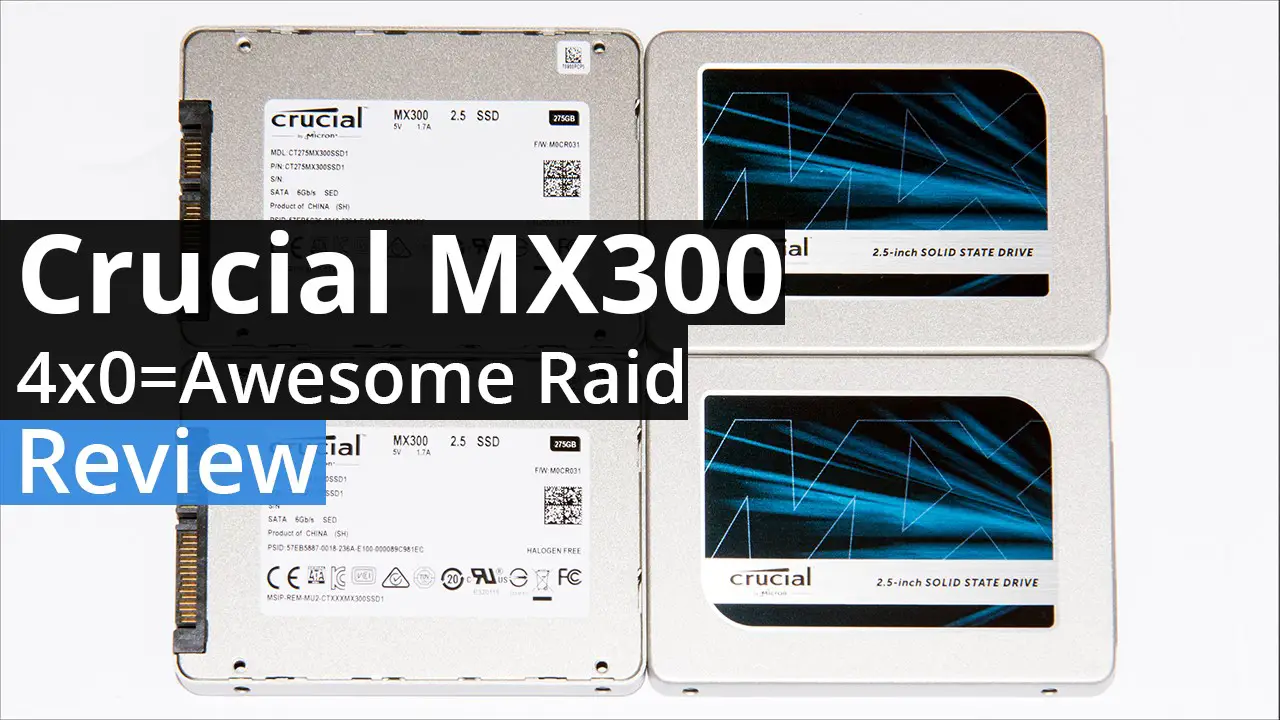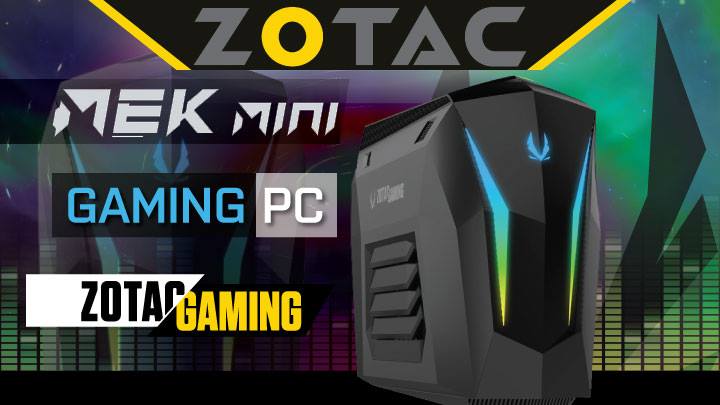As you can see the MX300 275GB is a fairly decent performer on its own, but when you add in a few more to the mix ‘magic’ really can happen. This was not all that surprising as the bigger versions of the MX300 series also show their true worth only when in RAID configurations… its just that spending that much on two (let alone) four of the MX300 1TB or 2TB models gets bloody expensive fast. These little beauties on the other hand are downright inexpensive. In fact they will set back consumers the same amount in grand total as if purchasers had just gotten one of the larger models. For instance, want 550GB of space and only went to spend 25 cents a GB for it? No problem two of these 275GB’ers will set you back basically the same as a single MX300 550GB. The same goes if you want 1TB or 2TB. In fact the higher the total capacity you are interested in the higher the overall performance will be when opting for the smaller version and RAID’ing them!
The only downside is that in order to hit 1TB you need to use four drives and for 2TB you need to use eight. While Solid State Drives are a heck of a lot more reliable than hard disk drives they eventually do die. The more you use in a RAID config the more likely one of them is going to die. This is where the Meant Time Between Failure (MTBF) calculation actually comes from. What you need to do is take the MTBF and divide it by the number of drives you are using. That gives you a rough idea on how long it will last. Though that is not exactly the case. Instead it gives you a rough idea of what the realistic length of time it will before one dies… and the closer you get to that number of hours the more likely it is going to happen. So two drives are twice as likely to die sooner than one. Four are is four times as likely to have one (or more) die. This is not all that worrisome as most SSDs die either soon after build completion (about to the one month mark) and then very few will die until the warranty period is up.
This is why we would strong recommend making daily backup for the first month or two… until you are sure that your new RAID array does not have a dud, and then using your typical backup cycle until you get close to the warranty extermination… and then replacing them with a new set of drives. This is the down side to RAID as you are dealing with higher probabilities of things going sideways on you. It also means using a lot more SATA ports than a single drive.
As such while you can use the smallest 275GB’ers a more practical approach is figure out how much capacity you want and then limiting yourself to four MC300 SSDs at the most. Even two smaller drives will outperform one larger one (and have a greater chance of long term stability compared to four or eight). This really is the genius of the MX300 series as you can pick your total capacity goal and then pick the MX300 model you want… as they all cost the same per Gigabyte. That to us is amazing, and just underscores how flexible this new MX300 series really is.













